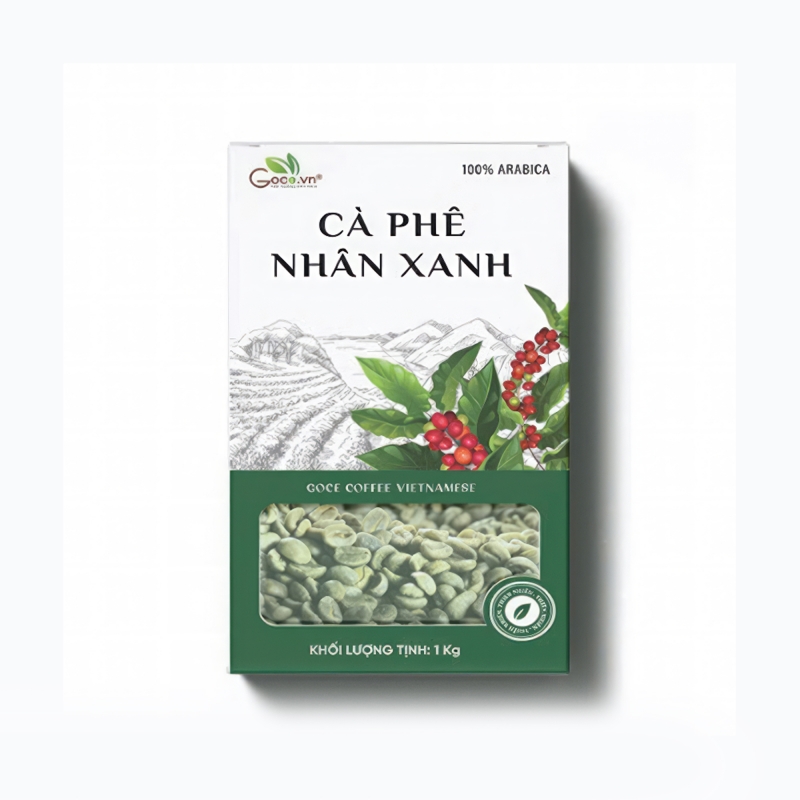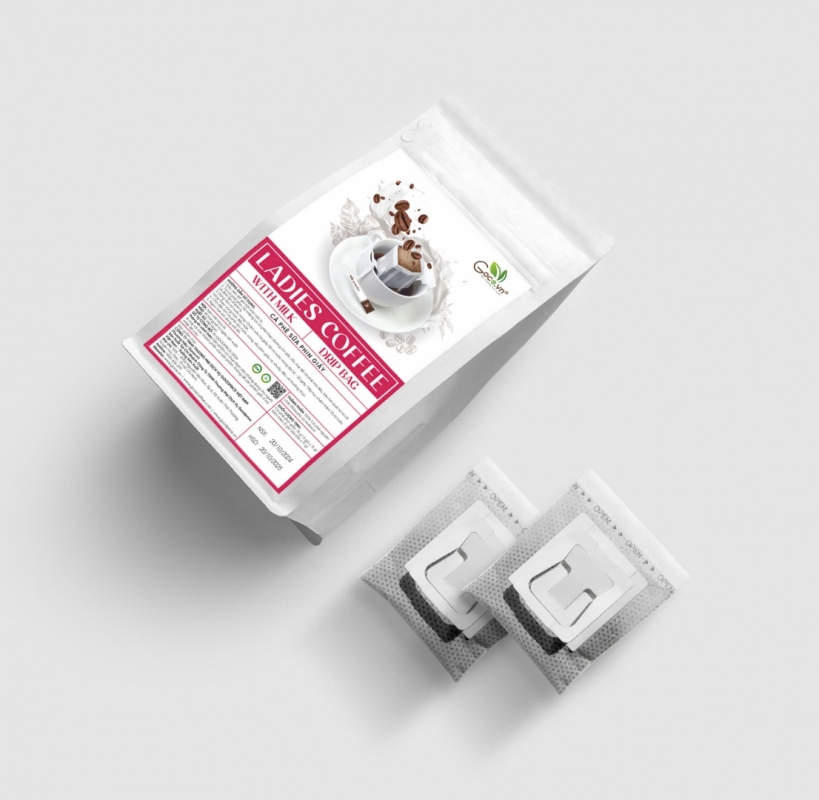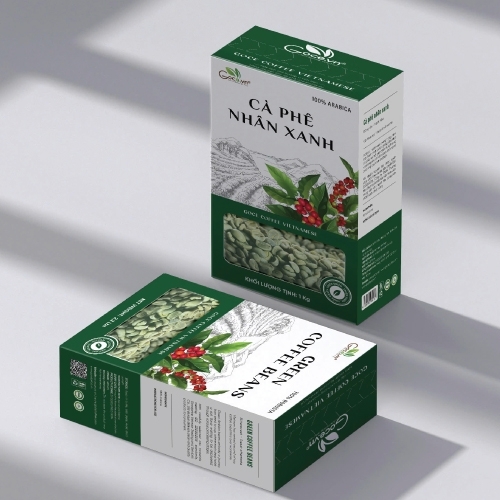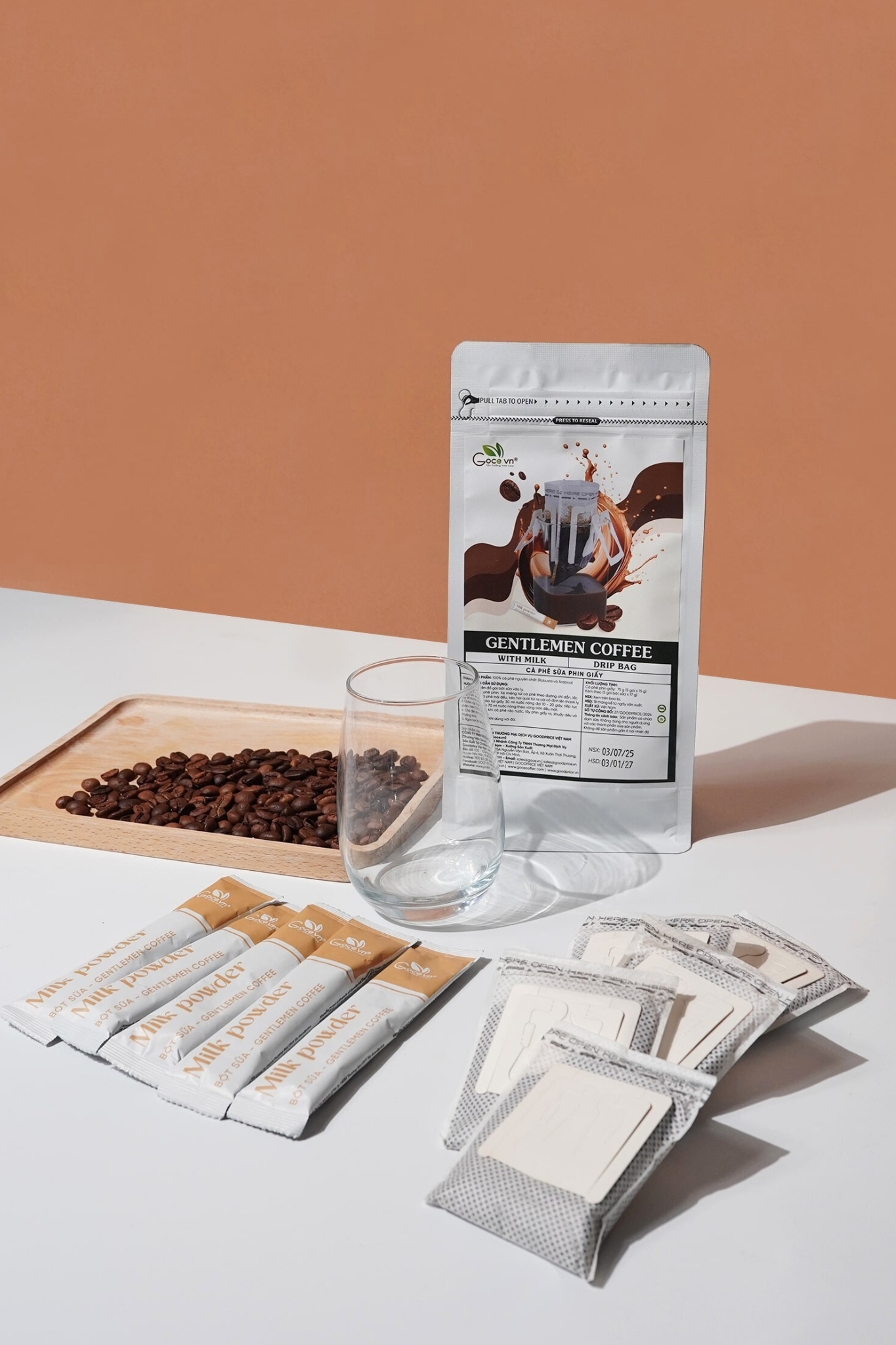
What is Latte? Learn About The Type Of Coffee That Is Loved Around The World
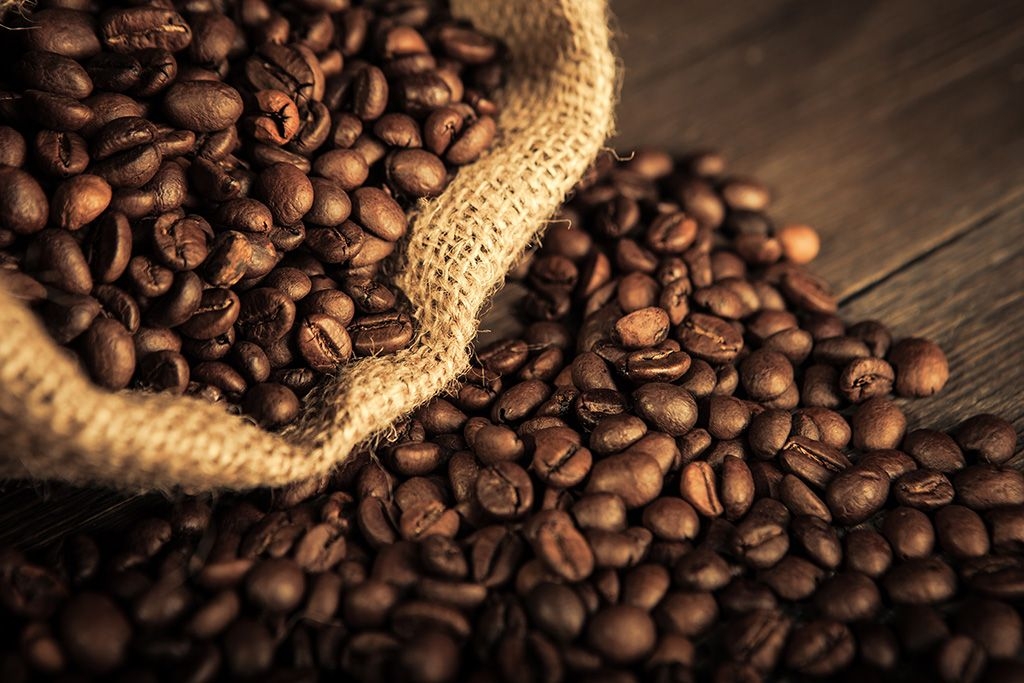
Coffee bean lovers are people who love meticulousness in every moment of life

How Many Types of Coffee Are There in Vietnam? Where Are They Grown Mostly?

What is Latte? Learn About The Type Of Coffee That Is Loved Around The World

How To Roast Your Own Coffee
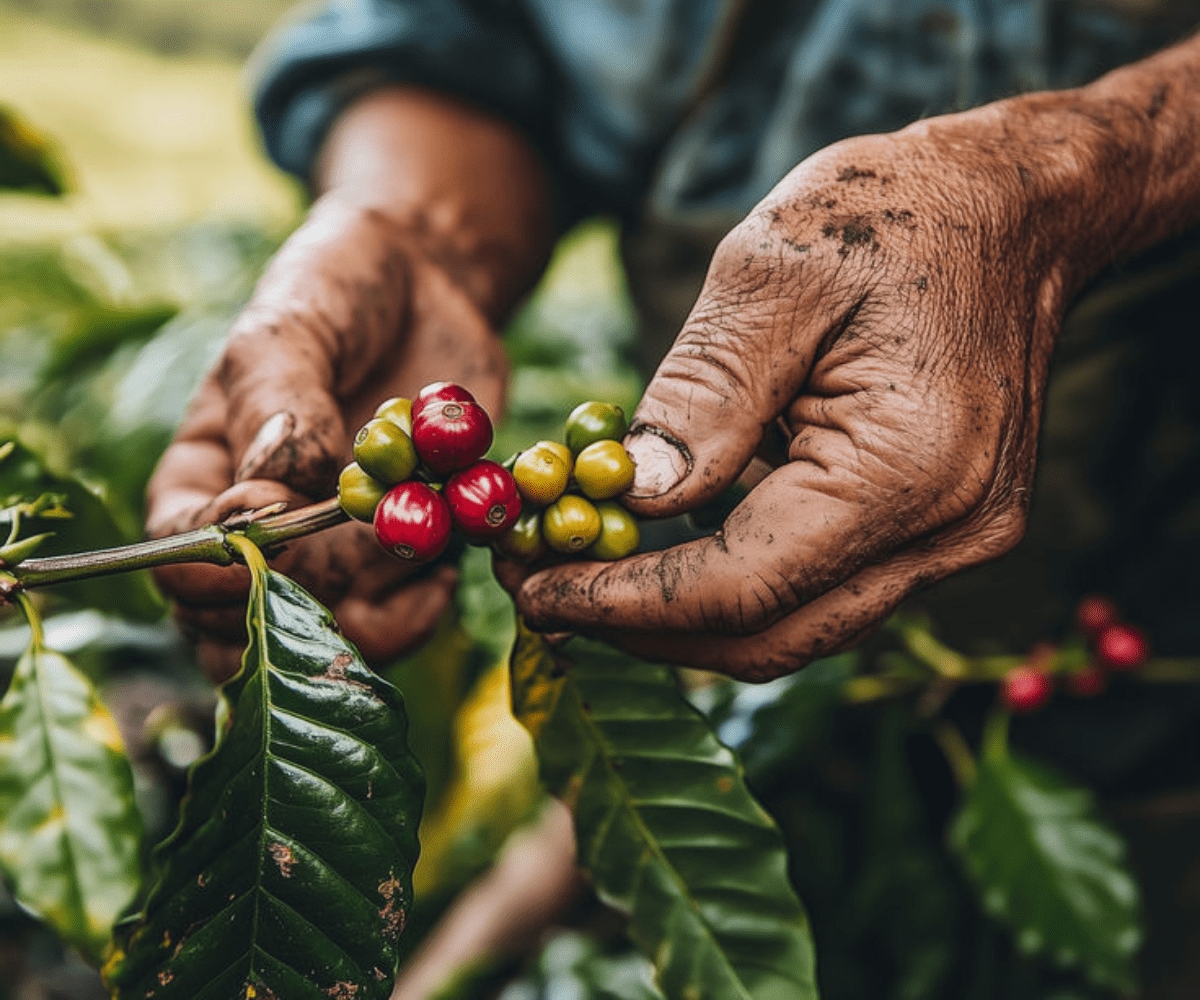
Rising Coffee Prices – How Does It Affect the Morning Cup of Coffee for Vietnamese People?
4 Key Factors Influencing Coffee Production Costs

Coffee is not only a familiar beverage but also a high-value agricultural product exported worldwide. However, coffee prices are not fixed; they constantly fluctuate over time. In this article, Goce Coffee will provide you with a detailed explanation of this issue.

What is coffee production cost?
Coffee production cost is understood as the total expenses required to produce a complete coffee product, starting from cultivation, harvesting, and processing to the point when it reaches consumers. Simply put, it is the amount of money that farmers or businesses must invest to generate value for each unit of coffee.
Understanding coffee production cost not only helps consumers evaluate the true quality and value of a product but also serves as an important foundation for businesses to build sustainable strategies and remain competitive in the market.

Factors Affecting coffee production cost
Below are some of the main factors that influence coffee production costs:
Production costs
The first and most important factor influencing coffee prices is production costs. These include:
- Seed costs: The quality of seeds directly impacts yield and productivity.
- Fertilizers and pesticides: A major expense to ensure healthy crop growth and pest resistance.
- Labor: Coffee farming and harvesting often require significant manual labor, making labor costs a substantial portion.
- Irrigation and farm operations: Water supply, machinery, and equipment used in production also add to the costs.
Natural conditions and climate
Coffee is affected not only by natural conditions but also by how farmers adapt to them. Regions with favorable climates help farmers reduce expenses for fertilizers, irrigation, and care, leading to more stable prices.

Conversely, in areas frequently hit by natural disasters or with poor soil fertility, production costs are much higher to maintain yields. This results in significant price differences between regions.
In addition, unpredictable weather patterns force farmers to invest in sustainable solutions such as drip irrigation systems, intercropping with shade trees, or applying agricultural technology. While these are additional costs, they ultimately enhance the value of coffee beans and improve competitiveness in the market.
See more: Discovering Vietnam's Coffee Season: The Golden Time for Bean Quality
Coffee variety and quality
Not all types of coffee hold the same value. While Robusta is more common and easier to cultivate, Arabica is considered the “queen” of coffee thanks to its delicate aroma, bright acidity, and demanding cultivation process. The strict care requirements and limited yields make Arabica far more expensive than Robusta.

Moreover, coffee bean quality is a decisive factor in pricing. Ripe, uniformly harvested, and properly processed beans produce premium products that can easily meet the standards of demanding markets and command higher prices. On the other hand, beans with impurities or technical flaws during processing significantly reduce both value and competitiveness.
Market fluctuations and supply – Demand dynamics
Global coffee prices are largely determined by supply and demand. When global demand rises—particularly in the U.S., Europe, and Asia—prices tend to go up. Conversely, when there is oversupply due to bumper harvests, prices often decline.
As the world’s second-largest coffee exporter, Vietnam is also affected by factors such as exchange rate fluctuations, export taxes, logistics costs, and international trade policies. In addition, free trade agreements (FTAs) help expand markets and increase the value of Vietnamese coffee.
Coffee production costs result from a combination of many factors, as Goce Coffee has explained above. If you have any further questions, feel free to leave them below—we will provide detailed answers as soon as possible.
Other News

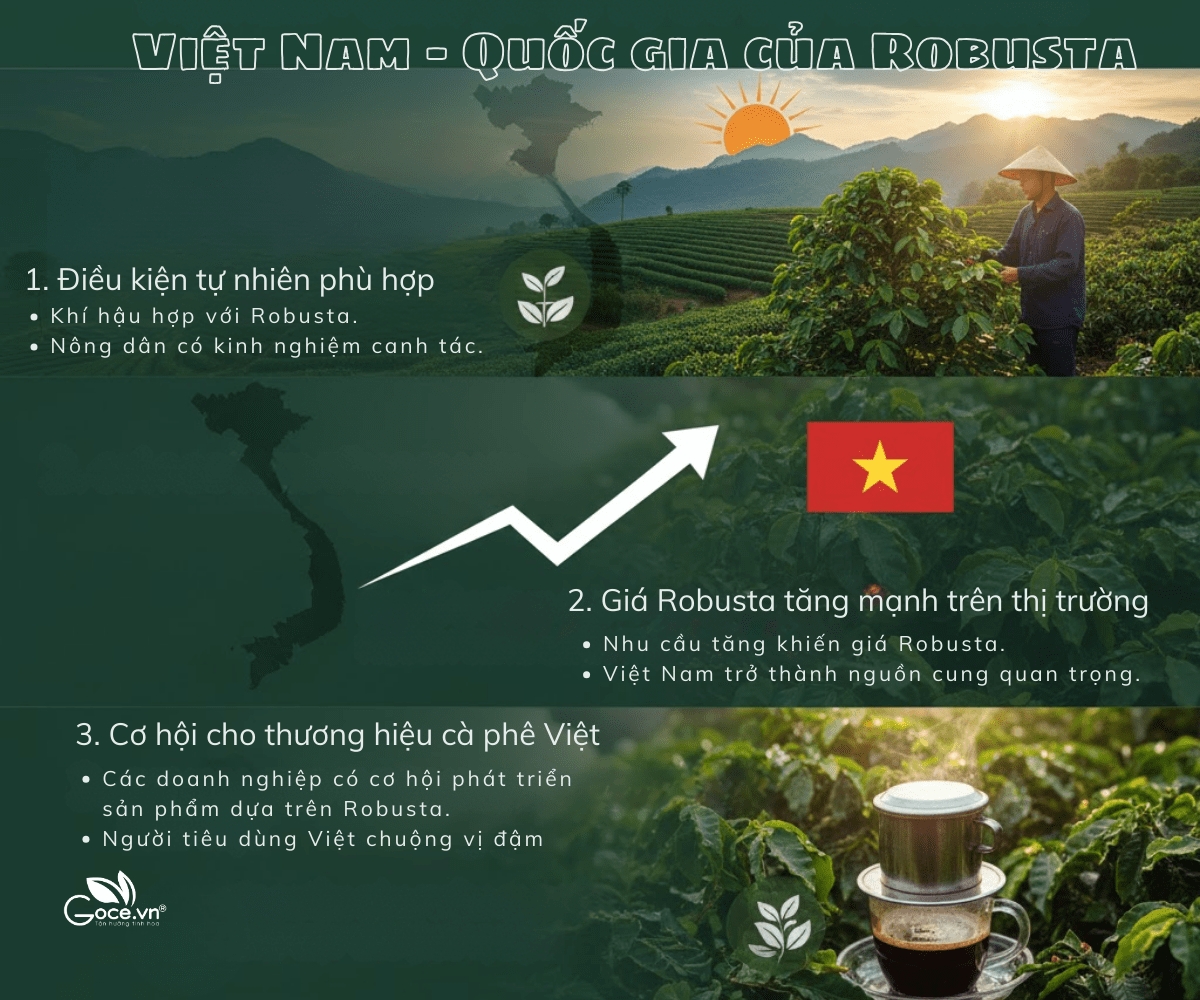
Why Robusta Coffee Is Becoming a Global Trend in the Era of Climate Change
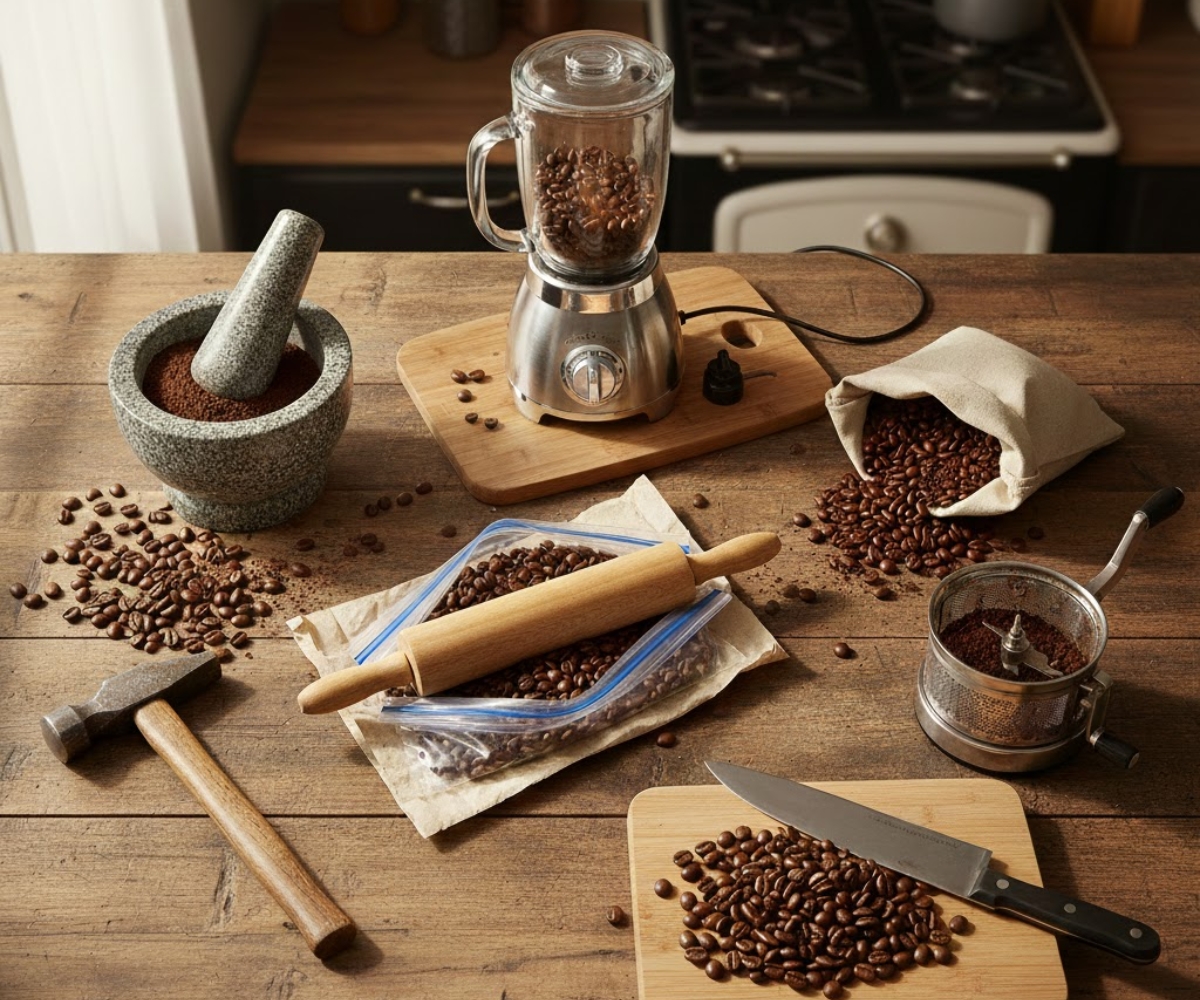
6 Ways to Grind Coffee Beans Without a Grinde

Why does pure coffee taste sour? How to distinguish sour taste you should know

Homemade Orange Coffee: Simple Recipe, Café-Style Delicious

Drinking Coffee Causes Stomach Pain? Causes and Effective Solutions

Instant Coffee: 7 Unexpected Benefits and Facts You Need to Know

Black Coffee: A Smart Choice for Gen Z in the Age of Healthy Living

3 Steps to Make Salt Coffee at Home Café-Quality Taste in Minutes

How Are Instant Coffee and Drip Bag Coffee Different?
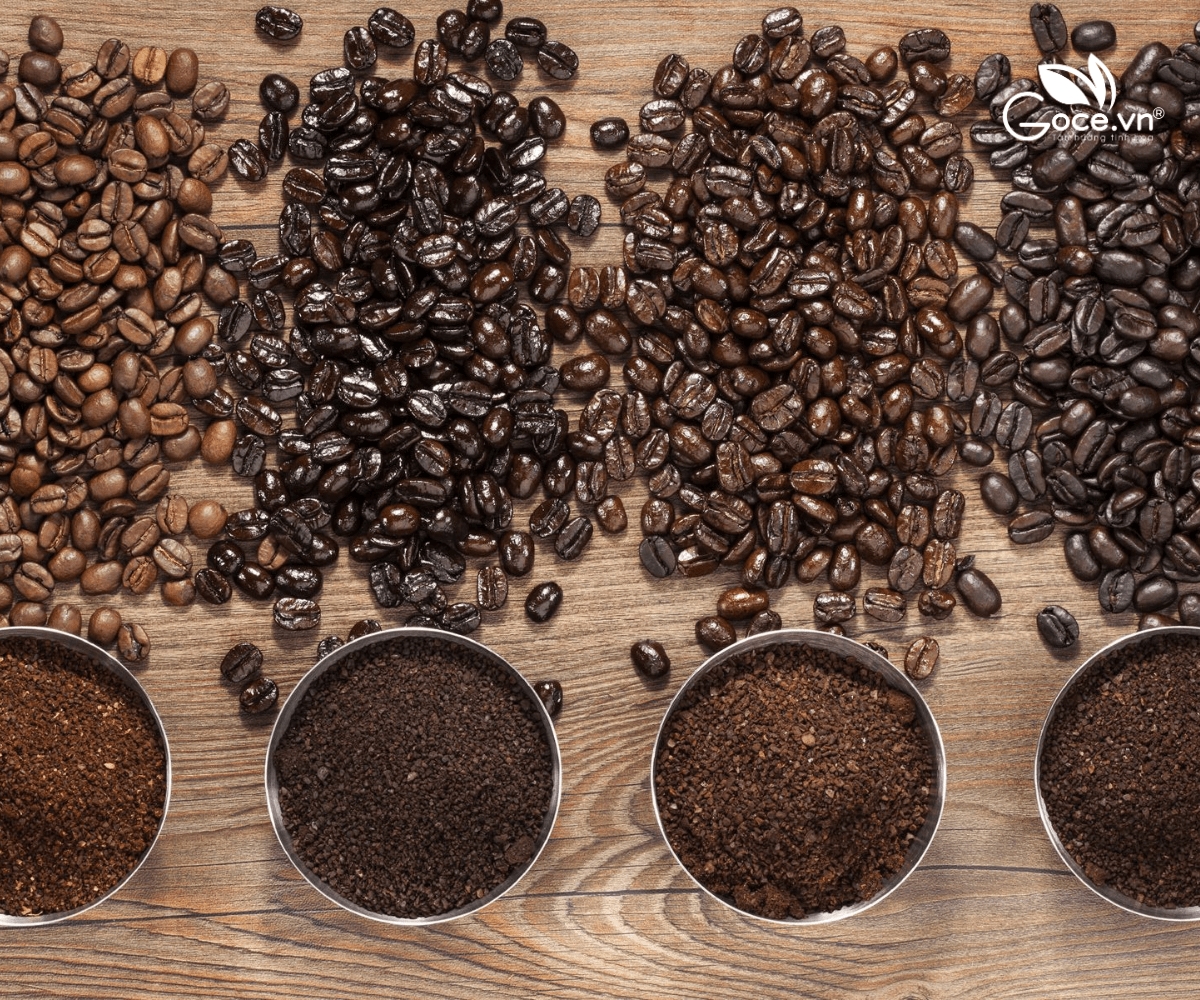
How Ground Coffee Differs from Coffee Beans: A Guide for Lovers of Pure Flavor

Coffee bean lovers are people who love meticulousness in every moment of life
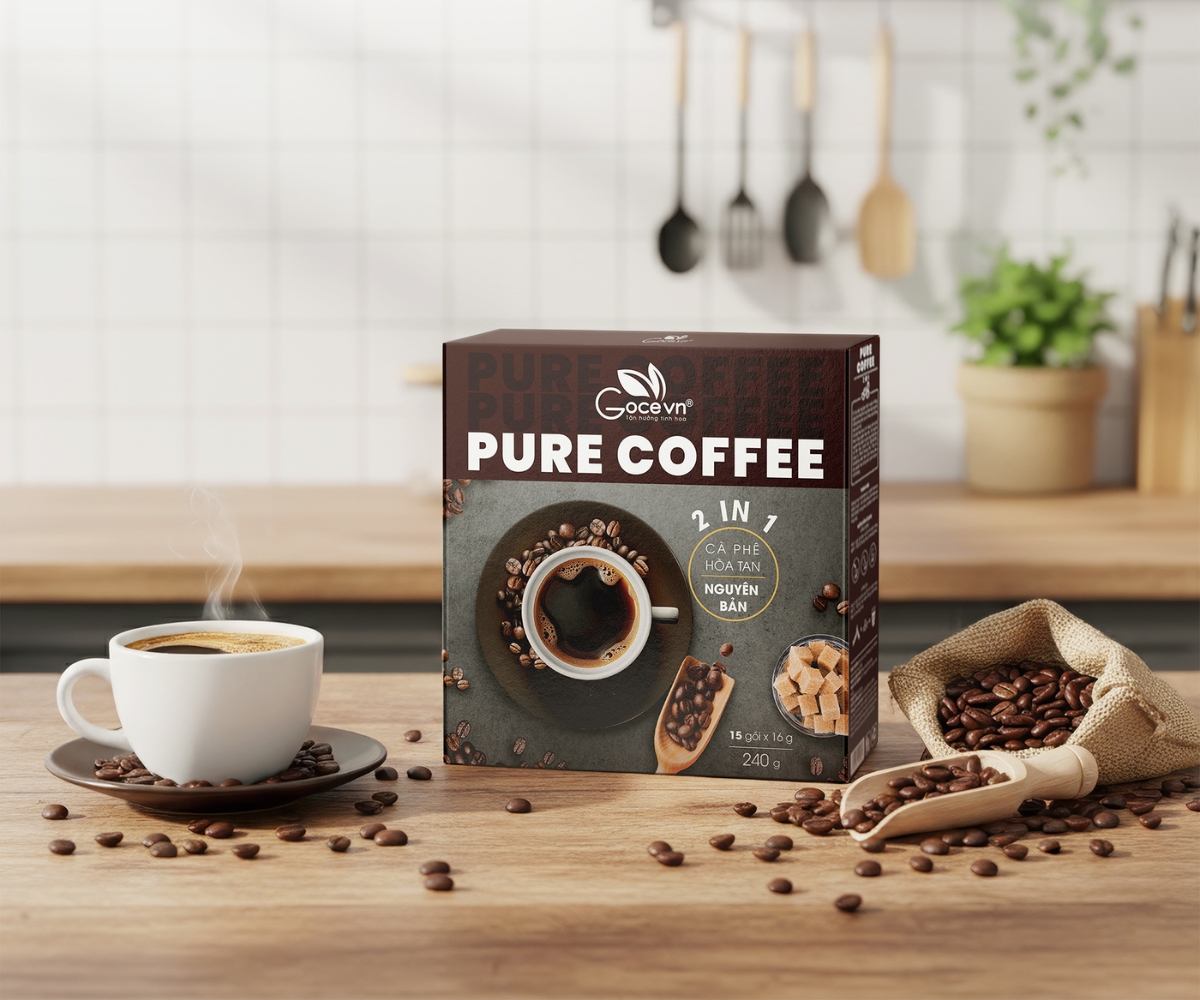
Instant coffee trend in the modern lifestyle of young people

Coffee for Women The Convenient Choice for the Right Taste and Morning Energy
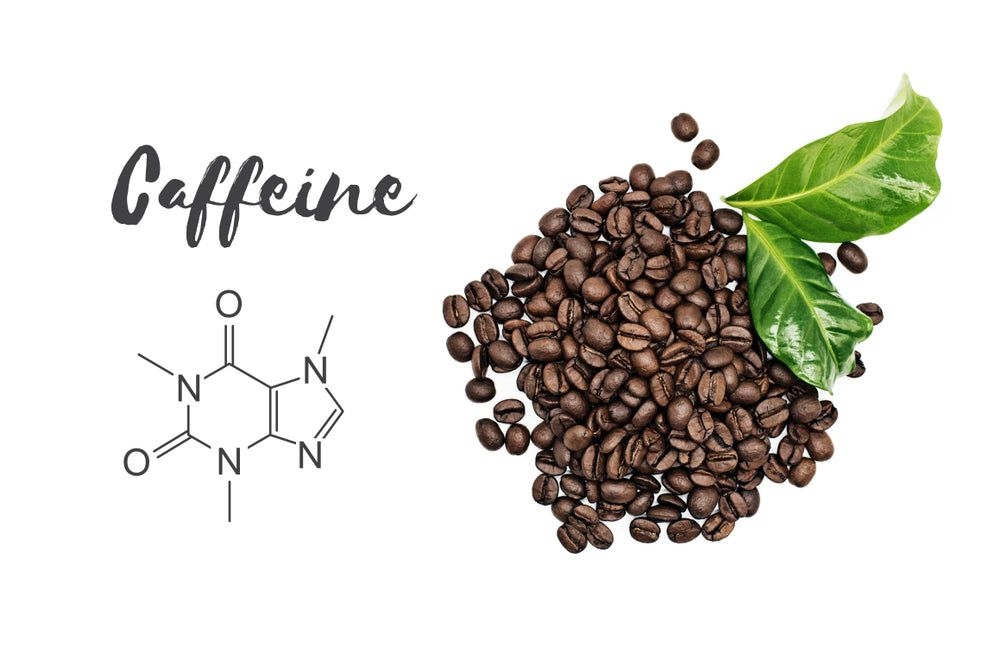
What is caffeine? Effect, dosage and what you should know.
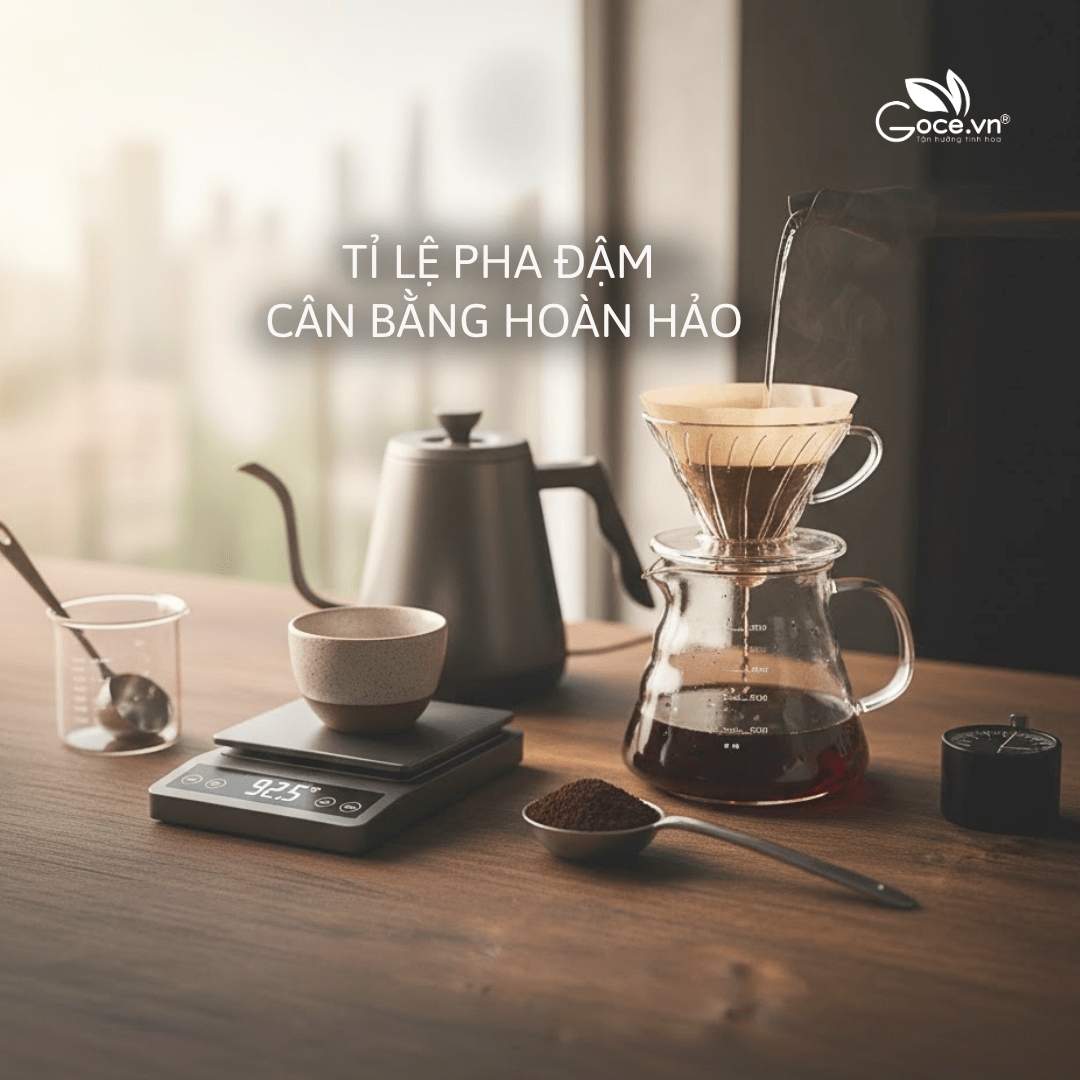
Strong Coffee The Secret to Brewing the Perfect Bold Cup for Men
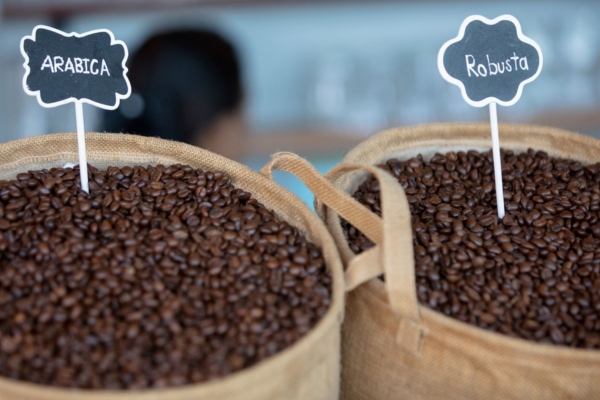
The difference between Arabica and Robusta coffee: the secret of choosing high-quality coffee

GOCE SALTED INSTANT COFFEE 4 IN 1 – THE SECRET TO STAYING ALERT ON EVERY TRIP
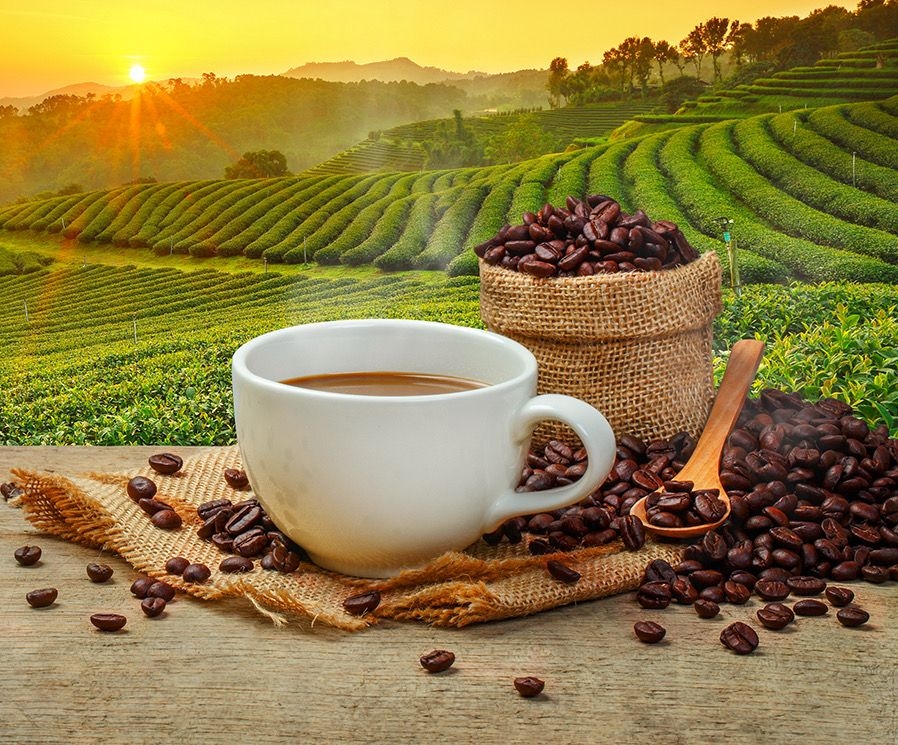
The difference between popular coffee beans at present: Arabica,Robusta,Culi,Moka Culi and moka.

How to Preserve Ground Coffee to Keep Its Original Flavor
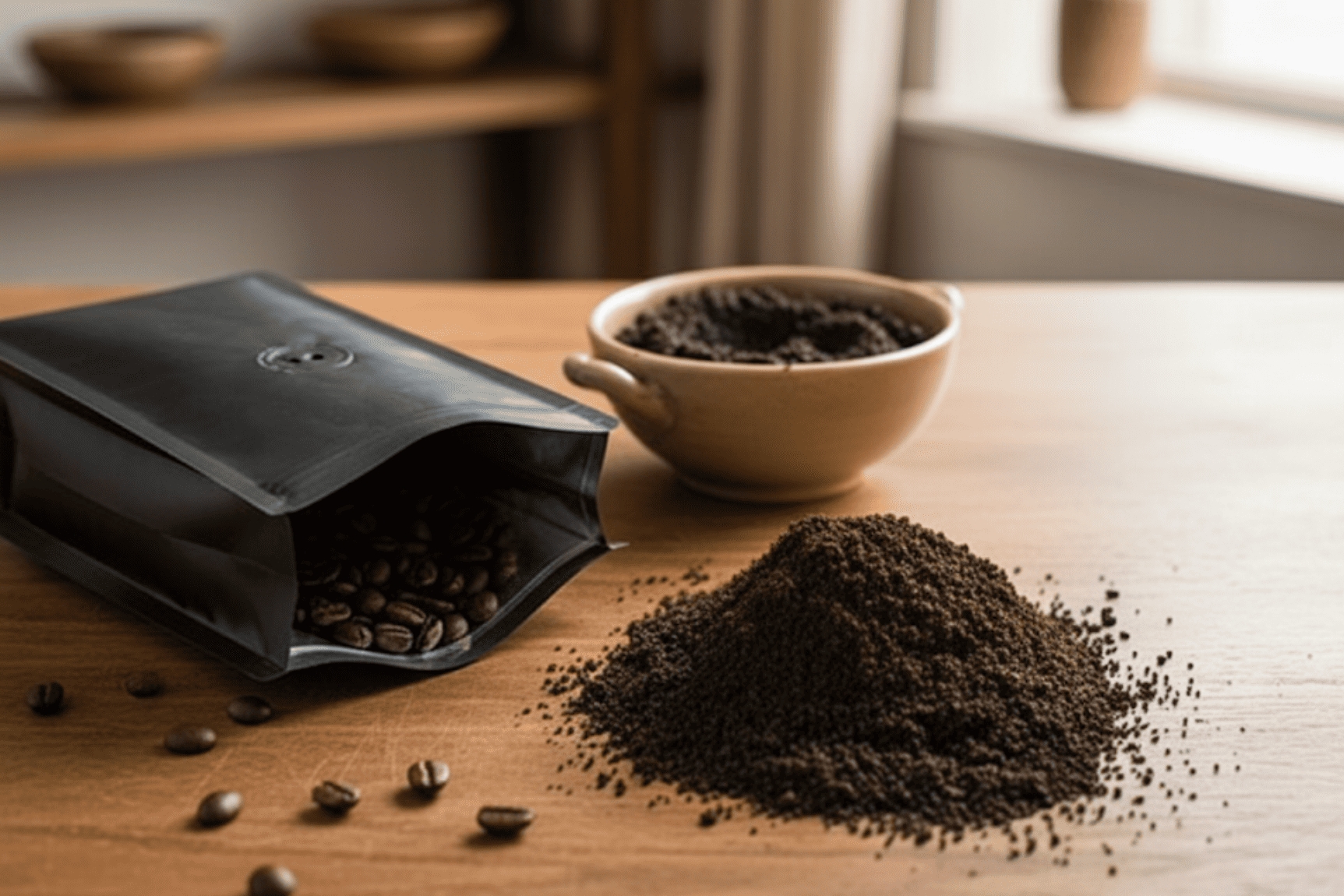
WHAT ARE COFFEE GROUNDS? 5 SIMPLE TIPS TO USE COFFEE GROUNDS AT HOME

Pure Roasted Coffee – 5 Secrets to Identify Real Coffee vs. Adulterated Coffee

The Benefits of Black Coffee – A Healthy Beverage
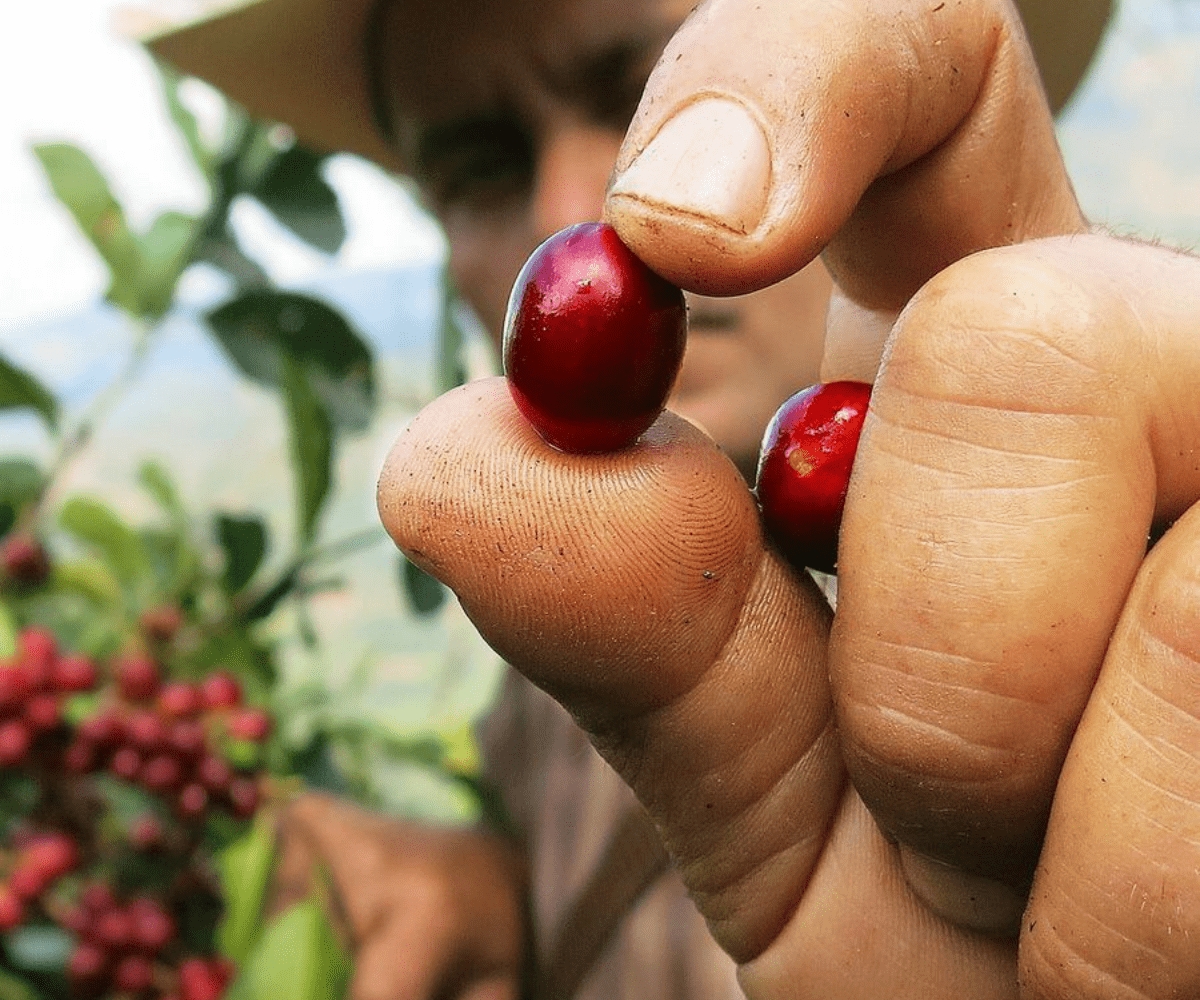
Coffee Prices Today, September 23: Robusta Surpasses 4,280 USD/Ton, Market Heats Up

Rising Coffee Prices – How Does It Affect the Morning Cup of Coffee for Vietnamese People?

Drip Bag Coffee: The Future of Personalization in Every Small Pack

Goce Drip Bag Coffee – When Every Little Pouch Wraps Your Lifestyle

WHY ARE YOUNG PEOPLE RETURNING TO TRADITIONAL VIETNAMESE PHIN COFFEE?
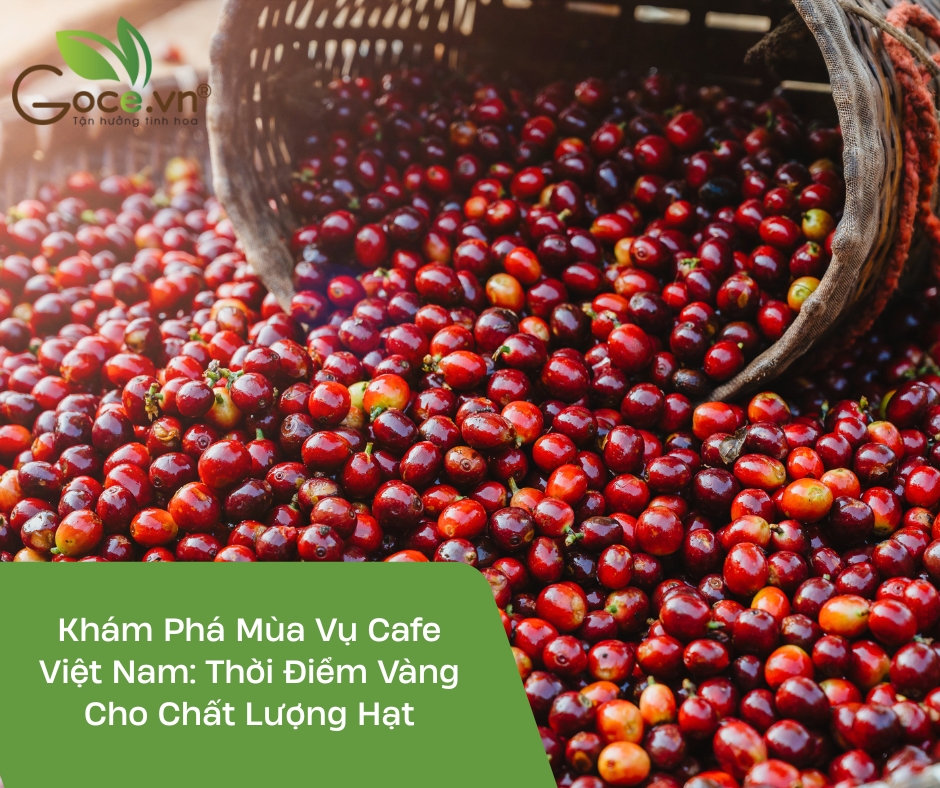
Discover Vietnam’s Coffee Harvest Season: The Golden Time for Bean Quality

How Many Types of Coffee Are There in Vietnam? Where Are They Grown Mostly?

What Benefits Does Drinking Pure Coffee Provide To The Body?

Drip Bag Coffee – The Perfect Choice for Busy People with Refined Taste

From Seed to Cup The Journey of a Delicious Coffee

The 5 countries that produce the most coffee in 2023-2024 season

How To Roast Your Own Coffee

Does Arabica or Robusta Coffee Have More Caffeine?

How many people know 9 unique benefits of coffee?

What is Latte? Learn About The Type Of Coffee That Is Loved Around The World

What is Latte? Learn About The Type Of Coffee That Is Loved Around The World

What is Latte? Learn About The Type Of Coffee That Is Loved Around The World

What is Latte? Learn About The Type Of Coffee That Is Loved Around The World

What is Latte? Learn About The Type Of Coffee That Is Loved Around The World




